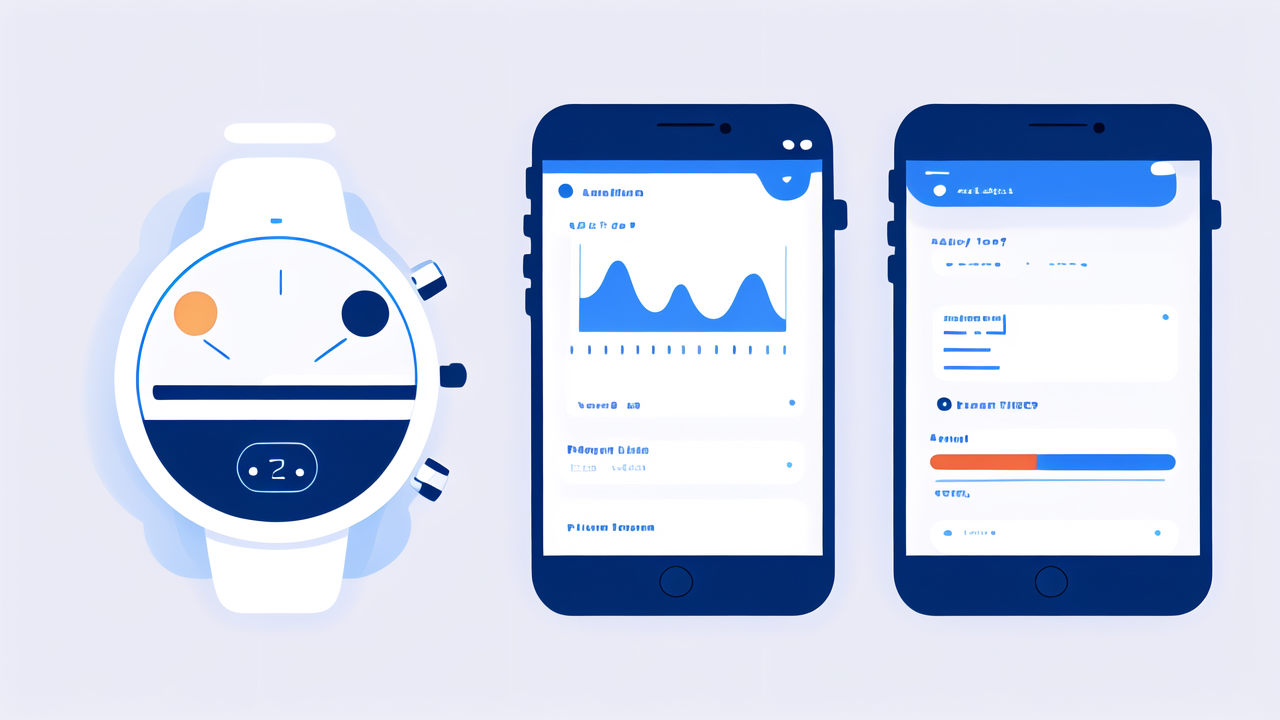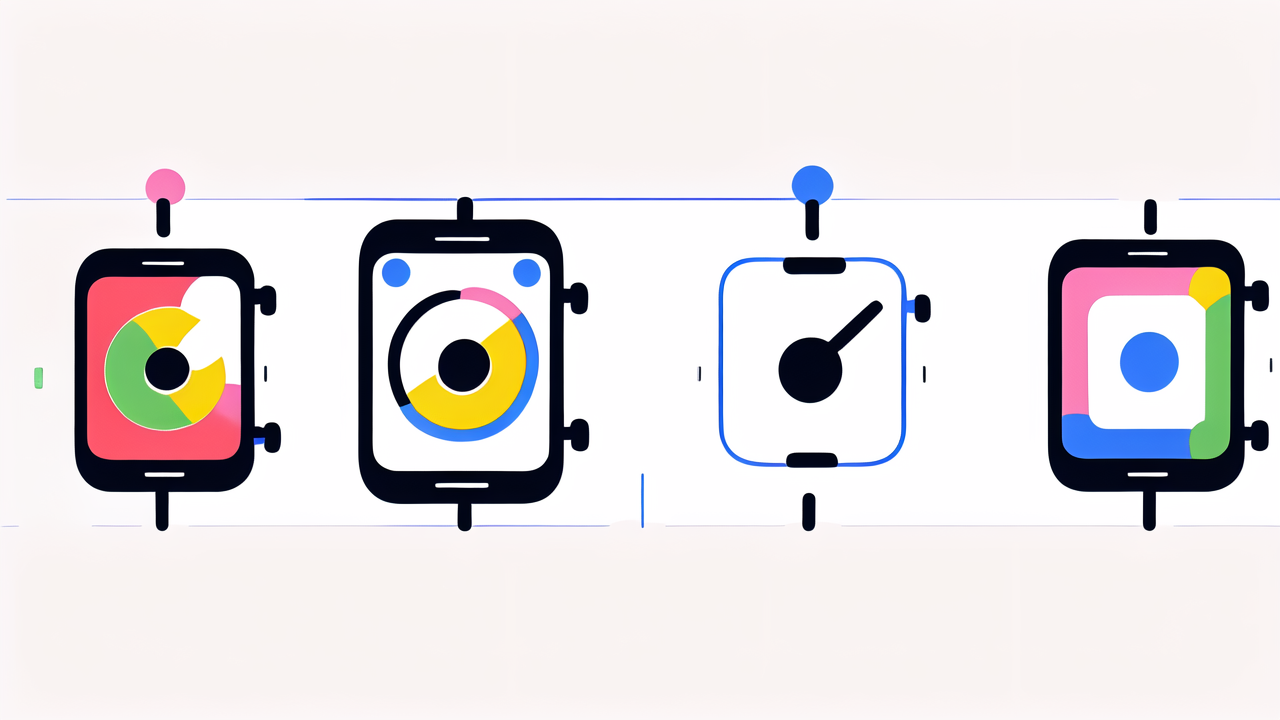The Evolution of Health Tracking Technology in Smartwatches
Origins of Wearable Fitness Devices
The origins of wearable fitness devices trace back to simple pedometers. First used in the 1960s, these early tools counted steps. Throughout the years, tech grew more complex. Heart rate monitors emerged in the 1980s, offering more data. By the 2000s, fitness bands combined multiple sensors. They tracked sleep, movement, and calories. The entry of smartphones saw apps pair with wearables. This tech leap paved the way for today's smart watches. Now they merge health tracking with features once tied to phones. The journey from pedometers to smart watches shows a clear evolution. This path reflects our growing focus on health and well-being.

Milestones in Health Tracking Feature Development
The field of health tracking in smartwatches has witnessed significant milestones over the years. These developments have drastically shaped user experiences. Here is a list of key milestones:
- Introduction of Optical Heart Rate Sensors: The shift from chest straps to wrist-based heart rate monitoring was a game changer.
- Sleep Tracking Functionality: The integration of sensors to monitor sleep patterns became standard.
- Blood Oxygen Saturation (SpO2) Monitoring: This feature offered insights into respiratory health.
- Stress and Recovery Tracking: Watches began to assess stress levels and recommend recovery times.
- Electrocardiogram (ECG) Capability: Smartwatches incorporated ECG functions, allowing users to check heart rhythms.
- Menstrual Cycle Tracking: This inclusion helped in women's health management.
Each advancement not only improved the user’s health insights but also set new industry standards. As these features evolved, they paved the way for more personalized and proactive health management.
The Role of Smart Watches in Modern Healthcare
Smart watches have become key in modern healthcare. They offer real-time health data, such as heart rate or sleep patterns. Doctors now use these insights for better treatment plans. Patients can manage chronic conditions daily with these devices. They track medication reminders and alert for irregular health signs. Some watches connect to emergency services if needed. This tech links patients and health professionals closer than ever. It promotes a proactive approach to personal health.
Key Health Tracking Features of Top Smart Watches
Heart Rate Monitoring and its Importance
Heart rate monitoring is a core feature of top smart watches. It captures vital biometric data. This feature allows for tracking during rest and activity. It provides insights into overall cardiovascular health. Heart rate data can signal potential health issues. It aids in personalizing fitness plans and goals. Continuous monitoring can lead to early detection of anomalies. Overall, it's a crucial tool for a healthier lifestyle.
Step Counting and Activity Detection
Step counting, also known as a pedometer feature, is standard in smartwatches. It tracks the number of steps taken by the user throughout the day. This simple metric helps users to set and achieve daily movement goals. Activity detection goes beyond just counting steps. It can distinguish between different types of physical activities. For example, it can tell if a user is walking, running, swimming, or cycling. This allows for a more detailed analysis of a user's exercise routine and calorie expenditure. Smartwatches use sensors and algorithms to detect and record workouts. Users can review their progress and receive insights to improve their fitness levels. This data can motivate and guide users towards healthier habits.
Integration of GPS and Maps for Personalized Workouts
Smart watches now have GPS and maps for custom workouts. This lets users track routes and pace. It makes workouts fit personal goals and location. Both amateurs and pros can train smarter with this tech. It also helps in safety and exploring new areas. This feature is key for those who like to exercise outdoors.
The Future of Health Tracking: Trends and Predictions
The Impact of AI and Machine Learning
The fusion of AI with health tracking is paving the way for smartwatches to not just collect data, but truly understand it. Machine learning algorithms can detect patterns in a user's health over time. This helps predict potential health issues before they arise. As smartwatches get smarter, they could act as a 24/7 health advisor. From improving the accuracy of wellness metrics to providing personalized fitness coaching, AI is at the forefront of health tech evolution. Yet, its true potential is only beginning to unfold.
Regulatory Challenges and Health Data Privacy
The future of health tracking faces two main issues. One is how to regulate this tech. The other is how to keep personal health data safe. New laws may change how health gadgets work. This could affect what data can be shared. Companies must make sure user data stays private. Users should know who can see their health info.
They should also have control over it. Both tech companies and lawmakers must work together. They need to protect both user rights and public health. The debate on data privacy is set to grow. It may shape the future of wearable health tech.
Innovations and Consumer Expectations in the Wearable Fitness Market
As wearables improve, consumers want more. People expect gadgets to track health better. Smart watches could sense stress, hydration, or blood sugar soon. Wearables might also offer real-time health advice. Company research aims to meet these needs. Smart watches may soon be vital for health care at home.




Leave a comment
This site is protected by hCaptcha and the hCaptcha Privacy Policy and Terms of Service apply.